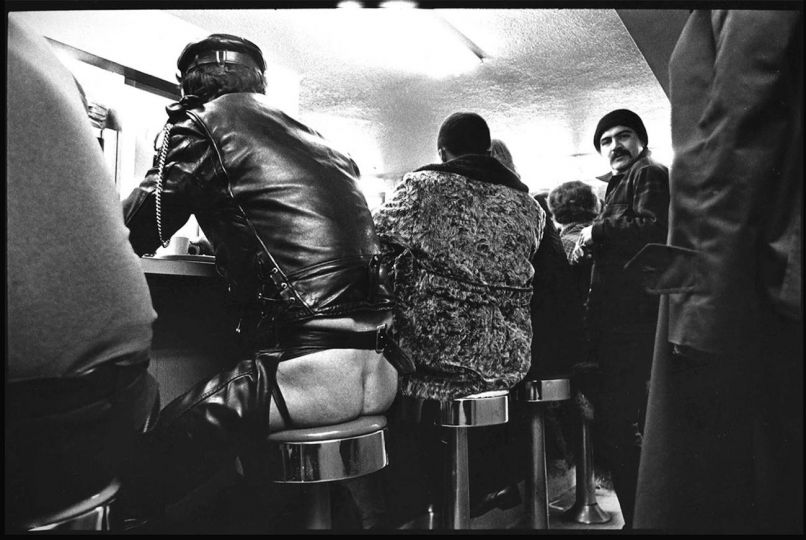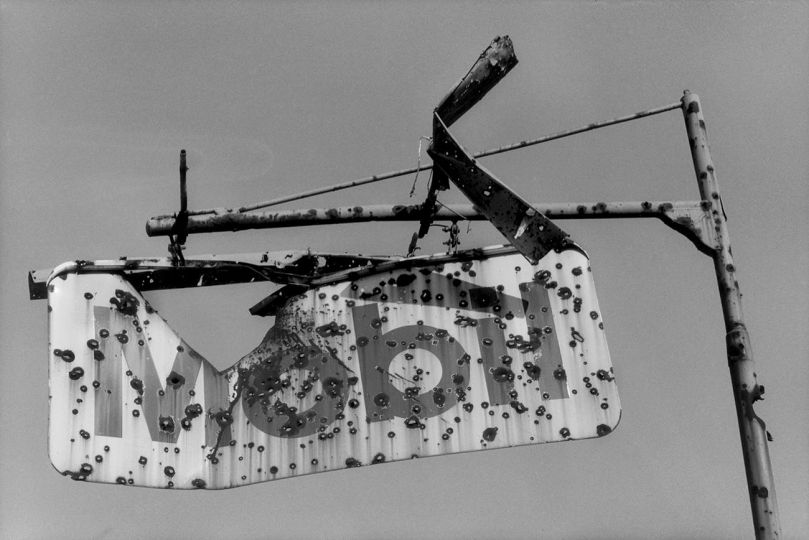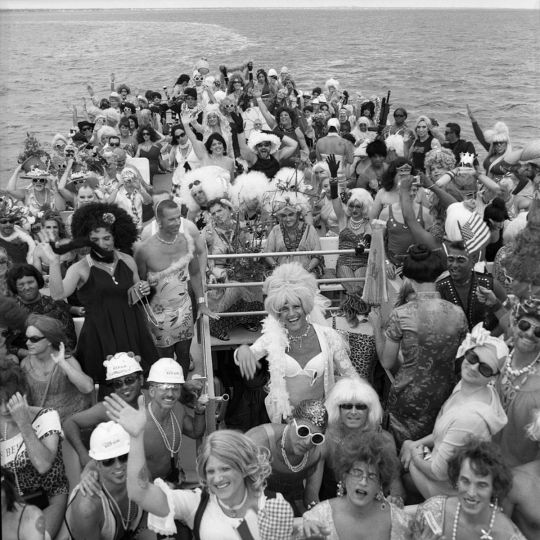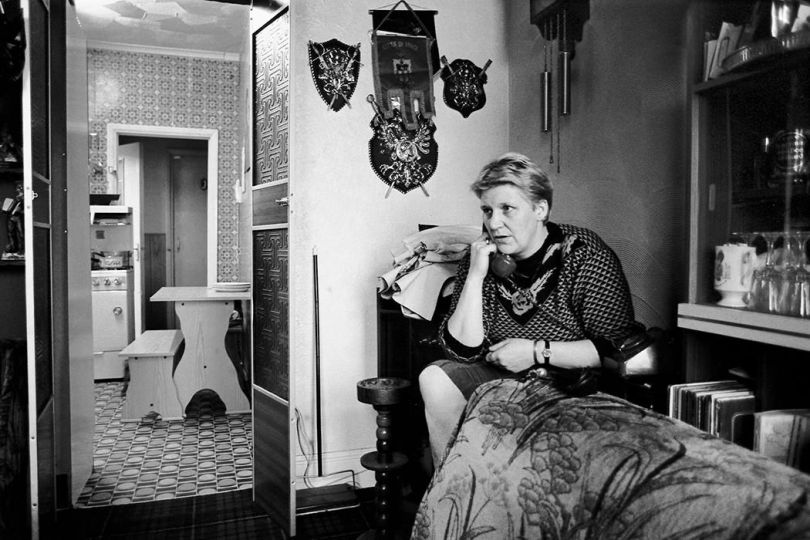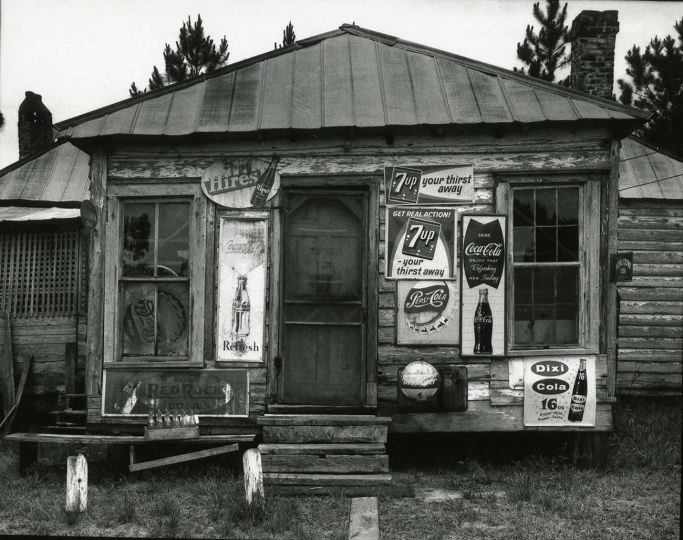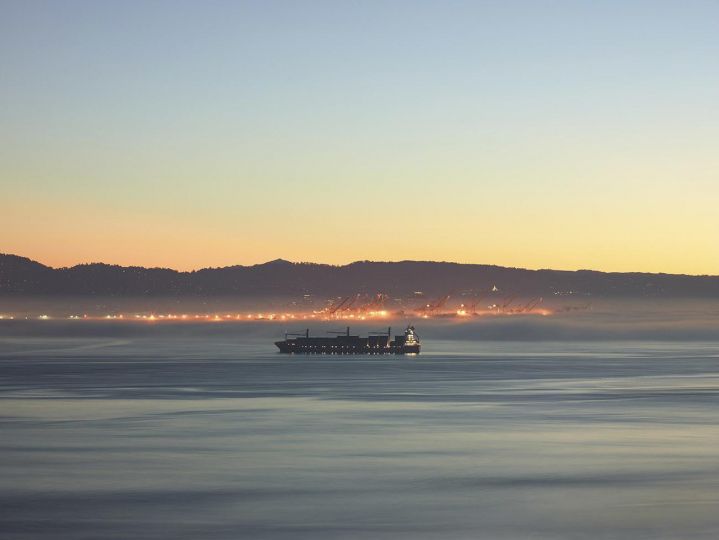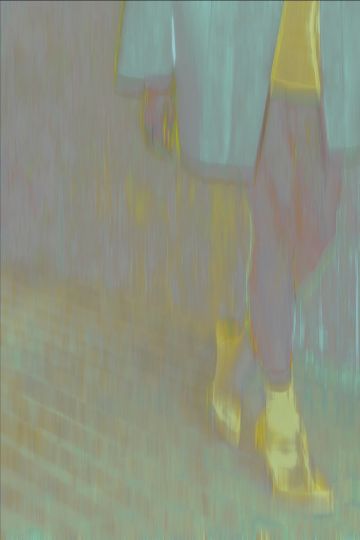Pirelli HangarBicocca presents the exhibition “Breath Ghosts Blind” by Maurizio Cattelan. With his work the artist reveals the fractures in our everyday existence, depicting reality even in its most dramatic aspects.
The exhibition marks Cattelan’s return to Milan after more than a decade. Conceived as a dramaturgy in three acts, the show develops around the works Breath, Ghosts and Blind, which also form its title. The narrative unfolds through emblematic references in the collective imagination: powerful representations that encourage reflections on the most disorienting aspects of the present times as well as on existential concerns, from the meaning of life to the inevitability of death.
Maurizio Cattelan’s solo show “Breath Ghosts Blind,” produced by Pirelli HangarBicocca, opens to the public on July 15, 2021 and will run until February 20, 2022. Curated by Roberta Tenconi and Vicente Todolí, the exhibition has been conceived as a dramaturgy in three moments following the spaces of Pirelli HangarBicocca, and symbolically representing the cycle of life from birth to death. The exhibition title encompasses the three works on display, from the new sculpture Breath (2021) to the reconfiguration of the artist’s historic intervention featuring pigeons at the 1997 Venice Biennale, which is now presented under the title Ghosts (2021), and the monumental installation Blind, produced for this occasion (2021).
Held in a somber and solemn context, “Breath Ghosts Blind” offers visitors an immersive and emotional experience through the most meaningful aspects of human life, conveying contrasting feelings like grief and love.
«Maurizio Cattelan’s work transforms a story or a feeling into a visual and spatial experience. For the exhibition in Pirelli HangarBicocca, the artist has turned the entire architecture of the museum into a psychological environment: in keeping with the sequence and nature of the three exhibition spaces—the Piazza, the Navate and the Cubo—the works are presented like scenes in a film or acts in a play, as if putting them together amplifies their meaning» states Vicente Todolí, Pirelli HangarBicocca’s Artistic Director and co-curator of the exhibition.
«“Breath Ghosts Blind” deals with existential questions that affect us all, the cycle of life from birth to death. These are Maurizio Cattelan’s obsessions, and his works are antennas synchronized with the world, able to catalyze our experience of history, even when it concerns dramatic events» explains Roberta Tenconi, Curator of Pirelli HangarBicocca and co-curator of the exhibition.
«Art deals with the same themes from the beginning of human history: creation, life, death. This is intertwined with the ambition of each artist to become eternal through their work. Each artist is confronted with the two sides of the coin: a sense of omnipotence and a sense of failure. It is a rollercoaster of exhilarating elevations and very steep descents. As painful as it is, the second part is also the most significant. Like all the exhibitions that preceded it, this exhibition is the concentration of all these elements» says Maurizio Cattelan.
The exhibition begins with Breath in the Piazza. Made of white Carrara marble, the sculpture represents a man in a fetal position and a dog, both lying on the ground facing each other. The composition creates an intimate scene, in which the life-size scale of the figures, though resonating with the monumental spaces of the Piazza, maintains a sense of introspection and fragility. The use of marble, quintessential material in ancient sculpture, confers the work an aura of sacredness and timelessness. For the first time in Cattelan’s work, the human figure—which could suggest those who live on the fringes of society, portrayed by the artist in earlier works, such as Andreas e Mattia (1996) and Gérard (1999)—is here associated with that of an animal. This subject is a recurring trope in Cattelan’s work and is often used to suggest the idea of death and its inevitability, as in the case of Love Saves Life (1995), a taxidermied dog, cat and rooster on top of a donkey, or Untitled (2007), a taxidermied chick with two Labradors. In Breath both figures share a vital function, “breathing,” recalled in the title, which also marks the generative moment of every cycle of life.
The vastness of the Navate hosts Ghosts, a new version of a historic work. Originally presented at the 47th and 54th Venice Biennale with the titles Tourists (1997) and Others (2011) respectively, Ghosts features countless taxidermied pigeons, camouflaged in the architecture of the former industrial building. Their presence on the beams and in the nooks of the traveling crane becomes apparent only as visitors move into the space, and generates a sense of estrangement and restlessness.
The third and final act of the exhibition takes place in the Cubo and is gradually revealed to visitors arriving from the Navate. Made of black resin and composed of a monolith intersected by the silhouette of an airplane, Blind takes the form of a memorial with a destabilizing iconography. The work is an outcome of Cattelan’s ongoing reflection on history, initiated with artworks like Untitled (1994) and Now (2004), that respectively refer to the kidnapping and execution of the Italian politician Aldo Moro in 1978 and the assassination of John F. Kennedy in Dallas in 1963. Blind also continues the artist’s exploration of the theme of death, a constant in his practice, evinced in such works as All (2007), made of nine marble sculptures representing anonymous corpses each covered by a sheet. With the work Cattelan appropriates an image that has become part of the common iconographic repertoire—the attack on the World Trade Center in New York on September 11—and transforms it into a symbol of collective loss and pain. While reminding other monuments that commemorate historical tragedies, like Peter Eisenman’s Holocaust Memorial (2005) in Berlin, Blind combines figuration and abstraction to create a different concept of memorial. Taking a dramatic event as his starting point, Maurizio Cattelan reflects on the violence of a moment in recent history, transfiguring it into a moment of encounter.
The lighting of the exhibition “Breath Ghosts Blind” has been conceived by Pasquale Mari, a renowned light designer and director of photography who works in cinema, theatre and art.
During his thirty-year career as an artist, Maurizio Cattelan (Padua, 1960) has staged actions that are often considered provocative and irreverent, and produced works that draw attention to the paradoxes in contemporary society.
His artistic practice began in a period of great political and social tension in Italy. Initially creating design objects, Cattelan realized his first works of art in the late 1980s and early 1990s. He immediately revealed a particular interest in the inconsistencies and fractures of contemporary society, encompassing the contradictions of petty-bourgeois life, as in Lessico familiare [Family lexicon] (1989), and racial tensions in works such as Stadium (1991). During the 1990s, Maurizio Cattelan’s art focused on a multitude of topics, from the desecration of the art system to Italian identity and the country’s history. After moving to New York, Cattelan became one of the most influential figures on the international scene of his generation and produced some of his most well-known works. These include Novecento [Twentieth century] (1997), the emblematic horse that hangs from the ceiling, self-portraits that take on the idea of failure, such as Charlie Don’t Surf (1997), and the installation Lullaby (1994), composed of rubble from the 1993 terrorist attack that killed five people and nearly destroyed the PAC, the contemporary art pavilion in Milan. Over the years, the artist’s ability to combine traditional iconography with themes considered taboo has led to the creation of emblematic works, such as La Nona Ora [The Ninth Hour] (1999), with its complex representation of sacredness and grief, Him (2001), a profound reflection on evil and power, and the installation Untitled (2004) in Piazza XXIV Maggio in Milan, which portrayed the tacit acceptance of the intrinsic violence in contemporary society. Amongst his most significant interventions are the monumental public sculpture L.O.V.E. (2010) in front of the Milan stock exchange and the irreverent 18-karat gold sculpture America (2016).
Maurizio Cattelan’s work deals with the most compelling questions faced by human beings and investigates universal themes like death, love, fate, loneliness, absence and failure both individually and collectively. For the artist, in addressing existential issues, art is a tool for reflection, thus creating works open to multiple interpretations. The starting point for each artwork is always an image. Drawing on reality and the world around him, Cattelan ponders the effect provoked by certain images and the reasons that underlie the apparent acceptance of ambiguous and disturbing situations: «Images have the power to summarize the present and possibly transform it in anticipation of the future,» he has declared.
«Perhaps my work is just a magnifying glass that allows us to see the hidden details of reality.» Through a meticulous process of selection and editing, he condenses issues and references into a single, new and iconic image. Ambivalent in meaning, this then provoks questions, reflection and tensions that challenge the present we are living in.
Maurizio Cattelan’s artistic research highlights the fractures and vulnerability that underlie the apparent order of reality. The resonance of his projects becomes part of the works, involving both the public and the media in a discussion that arises a sense of collective participation. Without ever adopting an ideological or moral position, the works of Maurizio Cattelan often «reestablish the tragic complexity of the banal.»
Maurizio Cattelan
Maurizio Cattelan’s projects and solo exhibitions have been presented in Italian and international institutions, including Blenheim Palace, Woodstock (2019); Monnaie de Paris (2016); Solomon R. Guggenheim Museum, New York (2016 and 2011); Fondation Beyeler, Riehen/Basel (2013); Ujazdowski Castle Centre for Contemporary Art, Warsaw (2012); Palazzo Reale, Milan, The Menil Collection, Houston, Deste Foundation Project Space, Hydra (2010); Kunsthaus Bregenz (2008); MMK Museum für Moderne Kunst, Frankfurt (2007); Fondazione Nicola Trussardi, Milan, Musée d’Art Moderne de la Ville de Paris, Galleria Civica di Arte Contemporanea, Trento (2004); MOCA Museum of Contemporary Art, Los Angeles, Ludwig Museum, Cologne (2003); Museum of Contemporary Art, Chicago (2002).
Cattelan has also participated in major group exhibitions, including the Yokohama Triennale (2017 and 2001); the Venice Biennale (2011, 2009, 2003, 2001, 1999, 1997 and 1993); the Gwangju Biennale (2010); the Biennale of Sydney (2008); the Whitney Biennial, New York, the Seville Biennial (2004); the Lyon Biennale (2003), and Skulptur Projekte Münster (1997). A finalist of the Guggenheim Hugo Boss Prize (2000), Maurizio Cattelan has received the Rome Quadriennale Prize (2009), the Arnold-Bode Prize, Kassel (2005), the honorary degree in Sociology from the Università degli Studi di Trento (2004) and the title of Honorary Professor in Sculpture from the Accademia di Belle Arti di Carrara (2018).
The exhibition catalogue
The exhibition at Pirelli HangarBicocca will be accompanied by a publication released together with Marsilio Editori. The volume will include essays by Francesco Bonami and Nancy Spector, together with a conversation between the artist and the exhibition curators Roberta Tenconi and Vicente Todolí. The monography is enriched by contributions dealing with the issues raised in the show, through the voices of philosophers, theologians and writers such as Arnon Grunberg, Andrea Pinotti and Timothy Verdon. The catalogue also contains an extensive photographic documentation of the works on display and a selection of texts, republished and translated for the occasion, by the philosopher and writer Susan Sontag (1933–2004), the intellectual and translator Giustina Renier Michiel (1755–1832) and by the Kurdish-Syrian poet and writer Golan Haji.
A second publication—“Index Conversations Maurizio Cattelan”—will follow in autumn, also realized in close collaboration with the artist and Marsilio Editori. For the very first time it will gather all the interviews conducted by Maurizio Cattelan with other artists, thinkers and creative figures for the past twenty years. A volume of more than 500 pages collecting over one hundred conversations, dating from 2001 until today.
Pirelli HangarBicocca
Pirelli Hangar Bicocca is a non-profit institution dedicated to the promotion and production of contemporary art that reflects the corporate culture of Pirelli and its commitment to research, innovation and the dissemination of contemporary languages. Pirelli HangarBicocca stages a rich program of solo exhibitions by major international artists who have made their mark through research and experimentation, as well as a program of cultural events and presentations, guaranteeing visitors free access to the space.
“Breath Ghosts Blind” is part of the 2021 exhibition programme conceived by the Artistic Director Vicente Todolí together with the curatorial department: Roberta Tenconi, Curator; Lucia Aspesi, Assistant Curator; and Fiammetta Griccioli, Assistant Curator.
Exhibition curated by Roberta Tenconi and Vicente Todolí
Maurizio Cattelan : Breath Ghosts Blind
From July 15, 2021 to February 20, 2022
Pirelli HangarBicocca
Via Chiese 2, Milan, Italy



